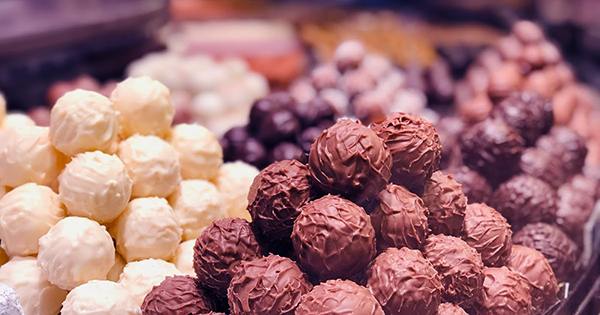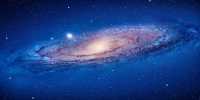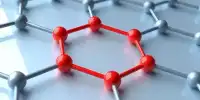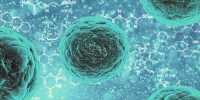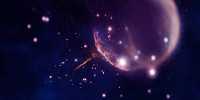Several groups have ventured into this magical food paradise (which is 100 percent edible), from researchers in Switzerland to a food-experimenting Internet security mogul. But how do you make this treat look so delicious? Sparkling chocolate may sound like a dream come true but thanks to physics it is actually real.
Earlier this month, Samy Kamkar, founder of the Internet security firm Openpath, who shared his protected chocolate on Twitter, explained to the New York Times that the evidence was in the pudding. He said, “Anyone at home can do it.” “There’s no coating. There’s no special ingredient. It’s the texture of the surface itself that chocolate is producing.”
Kamkar‘s first step is to temper the chocolate. By melting and cooling the chocolate, its crystals can break down and re-form into structures that optimize their clarity and gloss. Kamkar then placed the chocolate in a vacuum chamber to stop the formation of air bubbles, although he explained that this was probably not a necessary step.
There is no rainbow yet, but here is the entry of physics. The trick is not the shape of the mushroom, but the notched chocolate surface that was actually a scattering grating. Kamkar spread a laser-cut 3D mushroom-shaped mold with a microscopic saw-tooth wave pattern, which was imprinted on the surface of the chocolate inside.
A similar process occurs with notched chocolate, as its surface separates the incoming light to produce a glowing iridescence. You can see it at the bottom of a CD or DVD, for example, as its surfaces are evenly spaced, separating the colors of white light into a rainbow, or even in animals whose microscopic structures interfere with light to produce their color.
When white light hits a boundary equal in size to its wavelength (in the order of one hundred nanometers), the colors of its components are scattered (separated) at different angles. If multiple boundaries like this (evenly spaced) of an object are evenly spaced, the isolated paths of light will constructively interfere with each other. This intensifies the individual bands of light “rainbow” where it turns into the dominant light you can see.
David A. Weitz, a professor of physics and applied physics at Harvard, told the NYT, “It’s the best-tasting diffraction grating you’ll ever see.” Kamkar and Weiss are not the only people attracted by the possibility of iridescent chocolate. A team of researchers from Switzerland succeeded in their goal of making exposed chocolate by discussing a coffee break in the kitchen near their office. The team process is ready in small size for the industry and is already in talks with the “major chocolate producer”, in a statement from ETH Zürich.
